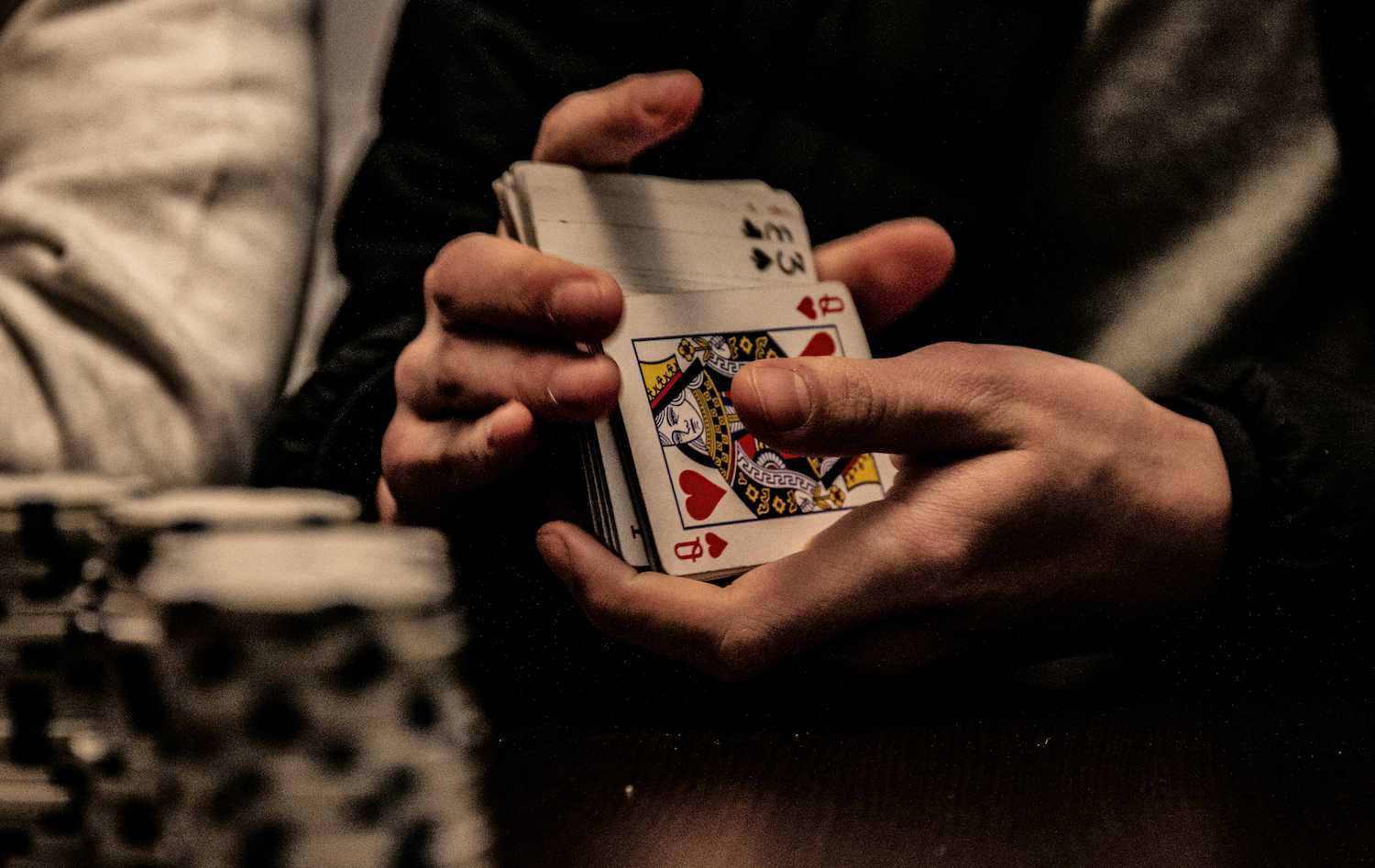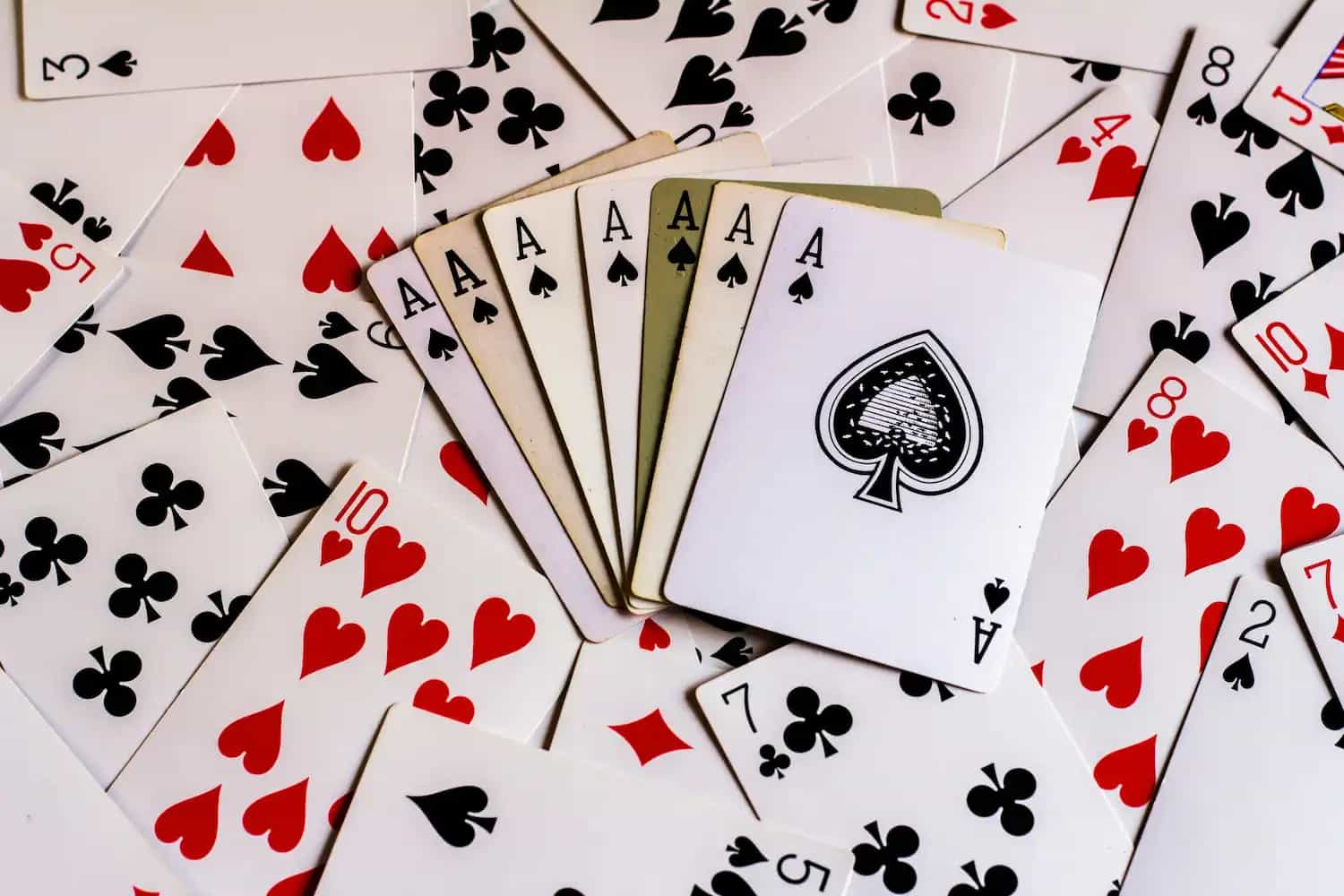
The Psychology Behind Casino Colours, Sounds & Game Design
July 14, 2025
Casinos are meticulously designed environments. Every colour choice, sound cue, and game element is crafted with intention. Far from being random or purely decorative, these elements are based on psychological principles aimed at influencing players’ behaviour. Whether you’re pulling a lever in a Vegas slot hall or clicking a spin button on your phone, chances are you’re responding—consciously or not—to a carefully engineered experience.
Online platforms like Betterwin Casino have adopted these design principles in digital formats, creating immersive environments that mirror the psychology-driven setups of physical casinos. These cues not only make the gaming experience more exciting but also subtly guide player engagement, helping extend gameplay and deepen emotional investment.
How Visual and Audio Cues Shape Player Behavior
Humans are highly visual and auditory beings. We react quickly to bright colours, flashing lights, and distinct sounds. Casino game designers use this to their advantage by developing games that feel rewarding even when players aren’t necessarily winning big. Visual and audio cues work together to create a sense of momentum, success, and anticipation.
These cues do more than just entertain—they keep players in a “flow state,” a psychological condition where time seems to vanish, and people become deeply focused. In this state, players are more likely to continue playing, make quicker decisions, and even raise their bets without overanalysing the risks.
Power of Colour in Casino Environments
Colours are among the most powerful psychological tools in any designer’s arsenal. Different shades evoke different emotions, and casinos exploit this with great precision.
- Red is often used to stimulate excitement and urgency. It’s no coincidence that many spin buttons and jackpot graphics are red—this colour triggers arousal and action.
- Gold and yellow evoke wealth, luxury, and success, making them ideal for coins, bonus signs, and win notifications.
- Green is commonly used for table games or elements that require trust and calm, like balance displays or promotional messages.
- Blue can promote a sense of stability and safety, often found in interfaces or background elements.
At online casinos, colour is also used to direct the player’s attention. Bright, contrasting tones highlight buttons or promotions, while cooler tones recede, letting the eye flow naturally toward the most actionable elements on the screen.
Sound Design and Its Role in Player Engagement
Sound is often underestimated, but it’s one of the most influential aspects of casino design. Slot games use various sound cues to reinforce actions. For instance, even when a player wins a small amount—sometimes less than their bet—they are met with upbeat, triumphant jingles. These sounds trigger dopamine responses, encouraging the belief that they are doing well.
Background music and ambient soundscapes mimic real-world casino atmospheres. The soft murmur of a crowd, the clinking of chips, or distant jackpot announcements all add realism and immersion. In the absence of physical surroundings, these audio details help build a world that feels lively, engaging, and authentic.
The pacing and layering of sound also serve to increase tension and anticipation. As reels spin or bonus rounds approach, sound effects crescendo, nudging players into heightened emotional states right before the outcome is revealed.
Game Layout and Interface Psychology
The way a game is laid out directly influences how players interact with it. Slot machines, for example, typically position the spin button in a brightly coloured, easy-to-tap area—usually the bottom right corner, where thumbs naturally rest on mobile screens.
Animations are another key tool. Small, quick-moving visuals—such as coins dropping or lights flashing—draw attention and create a reward loop. Even without a major win, these mini celebrations make the player feel like something positive just happened.
Designers also use “near-miss” mechanics to keep players engaged. When two out of three jackpot symbols land, for example, the game may highlight the miss with a dramatic animation. While this isn’t technically a win, it feels close enough to trigger excitement and hope for the next spin.
Creating the Feeling of Control and Progress
One of the most powerful psychological tricks in casino game design is the illusion of control. By offering players choices—such as which bonus game to enter or which card to pick—games create a sense of agency. Even though outcomes are ultimately determined by algorithms, this interaction makes the experience more personal and engaging.
Progression systems also tap into this psychology. Players often level up, collect symbols, or fill progress bars. These features mirror video game mechanics and foster a sense of achievement and advancement, even if they aren’t directly tied to financial gain.



